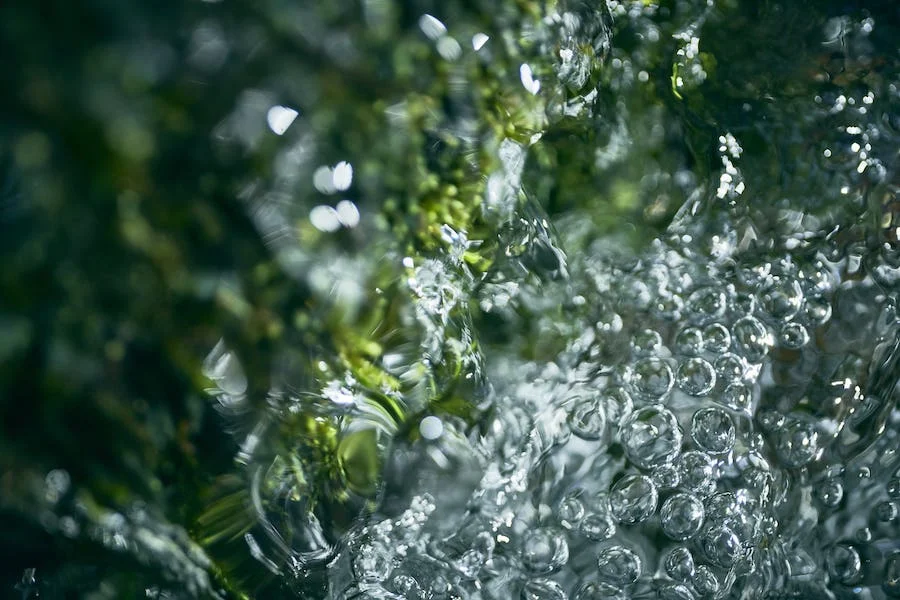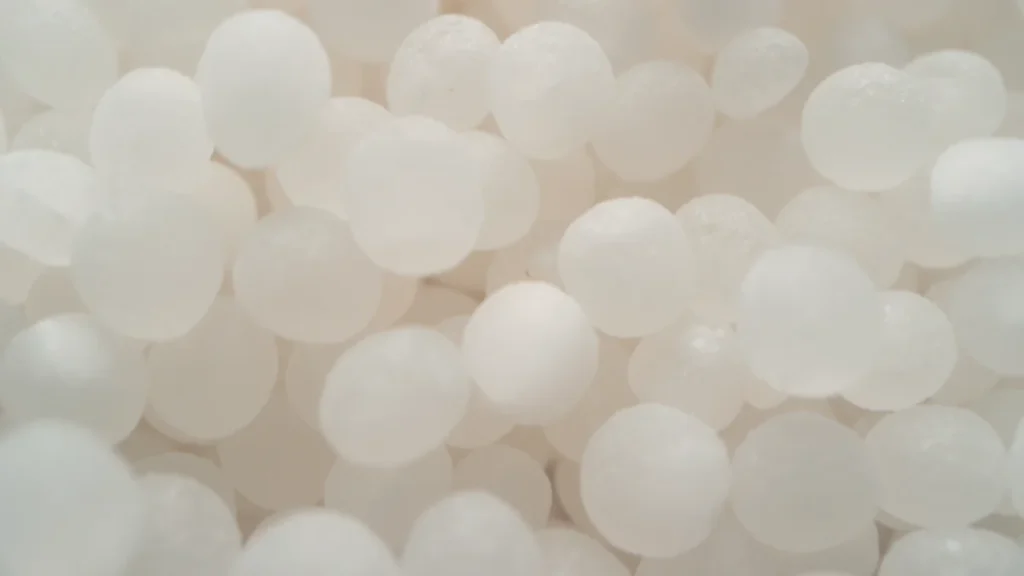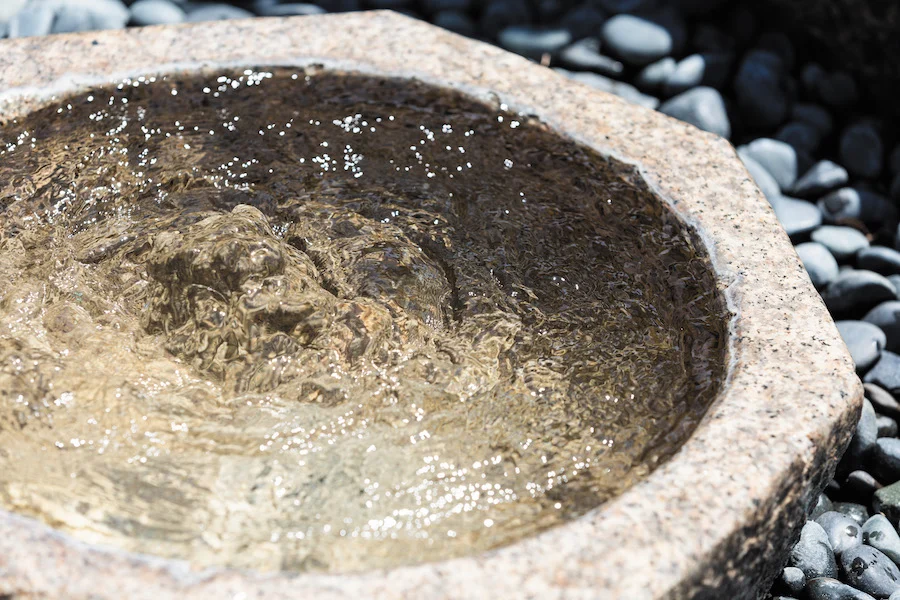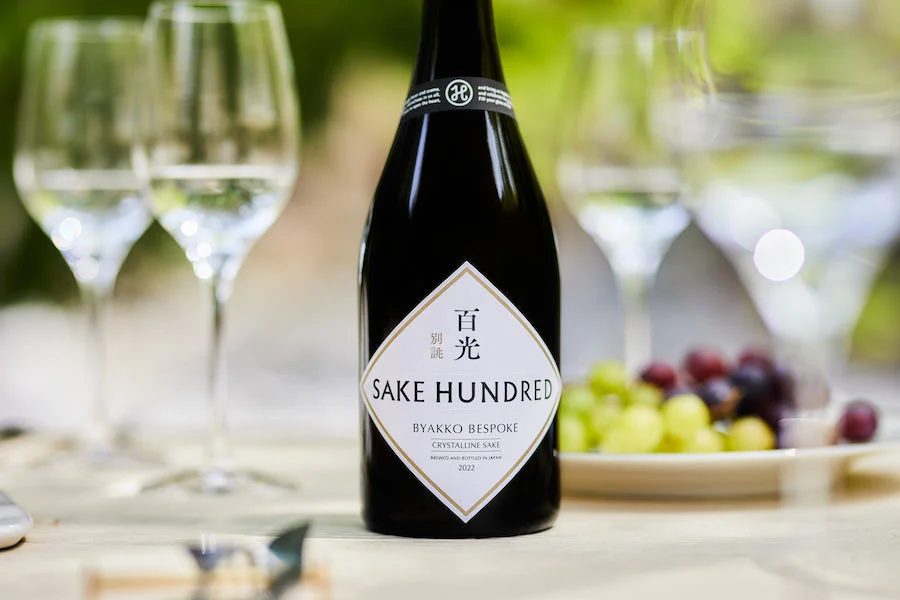Sake is made from simple ingredients such as rice, rice malt, and water, which interact in a complex manner during the brewing process. Among these, “water” is what SAKE HUNDRED values the most.
Why do we care about water? This is because there is a “terroir” that expresses the taste that can only be produced in that land and region. We would like to tell you about the terroir of water as we think about it.

Comparison between sake and wine
Before explaining about water, I would like to explain about the “differences in raw material characteristics” between wine and sake.
Grapes are an important element in determining the flavor and quality of wine. The variety, quality, and region of grapes have a significant impact on the taste and value of wine.
So, what about Japanese sake? From the same raw material point of view, you might think that rice is the most important. Of course, rice is important in sake brewing. However, there is a crucial difference between grapes and rice. The question is whether it can be transported.
Rice, which is a grain that can be transported, and grapes, which are basically a fruit that cannot be transported, have different needs for use in the region. Wine must be made from grapes harvested in nearby fields, but since rice can be transported, it is possible to use rice from Hokkaido in Okinawa, although this is an extreme example.
In other words, producers can choose the raw materials they want to use, regardless of where the rice comes from.

Influence of raw materials on taste
Sake and wine also differ in terms of the direct influence of the ingredients on the taste. Compared to grapes, rice does not play a large role in creating the flavor of sake.
Sake is made by converting rice starch into sugar using enzymes from koji, and alcohol fermentation using the power of yeast. The mechanism is different from wine, which directly ferments the sugar in the grapes.
In brewing sake, rice does not directly determine the flavor, but rather influences the direction of the flavor, such as clarity and volume of sweetness and umami. Additionally, the variety and quality of rice has a bearing on the ease of brewing sake.
Although wine and sake are the same brewed alcoholic beverages, the effects of the raw materials are very different.

Depending on the hardness of the water, The taste of sake changes
Sake is made from three ingredients: rice, rice malt, and water, but water is the most commonly used ingredient. Water contains calcium, magnesium, phosphorus, etc., and these elements affect the taste.
If there are a lot of mineral components, fermentation will be active, resulting in sake with a rich and powerful flavor. On the other hand, if these ingredients are low, fermentation will proceed slowly, resulting in a softer flavor.

Water creates a unique taste of the area
SAKE HUNDRED manufactures sake with sake breweries all over the country, and when considering brewing partners, the type of water a sake brewery uses is an important consideration.
Unlike rice, water is difficult to transport and the quality of the water itself is difficult to change, making it necessary to produce sake locally. We believe that the terroir of sake lies in the water.

The flagship Byakko series is brewed with ultra-soft water with a hardness of 21mg/L. The delicate, silky texture and beautiful transparency are made from one of the softest waters in Japan, sourced from the famous mountain Mt. Chokai.
Nada no Miyamizu, famous as a famous water for sake brewing, has a hardness of about 100, while Fushimi, Kyoto has a hardness of about 60. Even the water in Saijo, Hiroshima, which is known for its soft water, has a hardness of about 30, so you can see how special the water used in the Byakko series is.
Water in sake. It is an important element that has a great impact on quality and taste, and it also expresses the “terroir of sake”, which brings a taste that can only be found in that region. (SAKE HUNRED newsletter)


